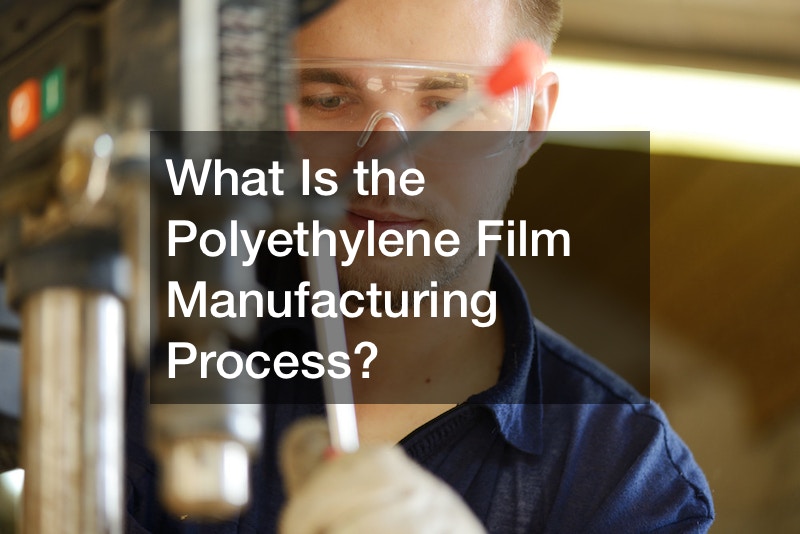In the above video, the reporter explores the intricacies of the blown film process, likening it to blowing a soap bubble to illustrate the creation of an inflated bubble using molten polyethylene. He explains the significance of the air ring surrounding the bubble, crucial for both stabilizing the bubble shape and controlling extrusion heat. In the exploration of the blown film process, the reporter illuminates the critical role of blow-up ratios, emphasizing how they affect the film’s mechanical properties. He illustrates how lower blow-up ratios align molecules predominantly in the machine direction, rendering the film robust in that axis but relatively weaker transversely, making it prone to tearing.
Furthermore, he sheds light on the practical implications of blown film production, elucidating the complexities behind manufacturing minimum order quantities (MOQs).
The higher the film width, the greater the MOQ, underscoring the challenge of balancing production scale with material efficiency. He stresses the importance of consistent raw material selection and extrusion conditions to ensure a continuous and uniform supply of polyethylene film. Throughout the explanation, the reporter highlights the intricate balance between process optimization, material utilization, and production efficiency. The complexities of blown film extrusion become apparent, showcasing the meticulous planning and precision required to achieve consistent, high-quality film output while minimizing waste and ensuring product uniformity.


